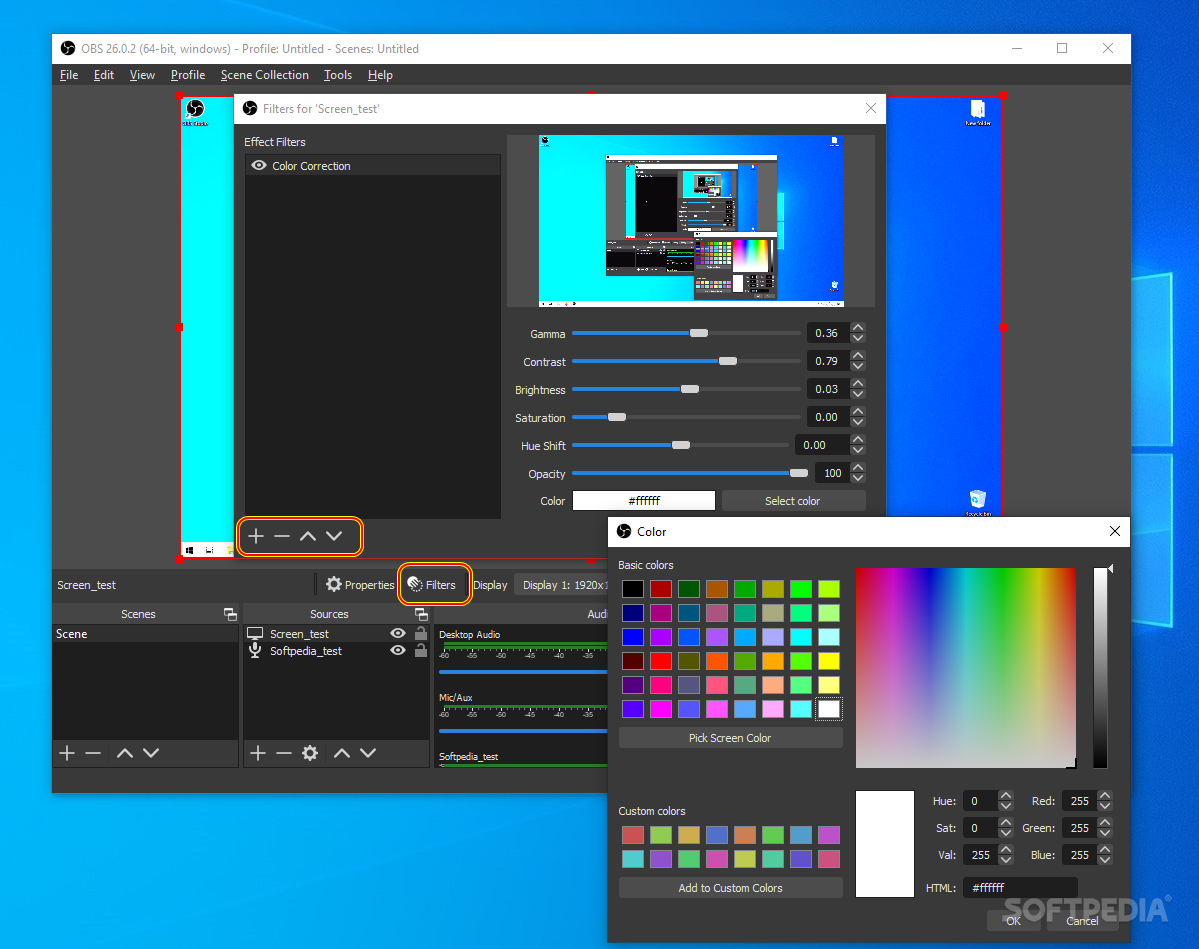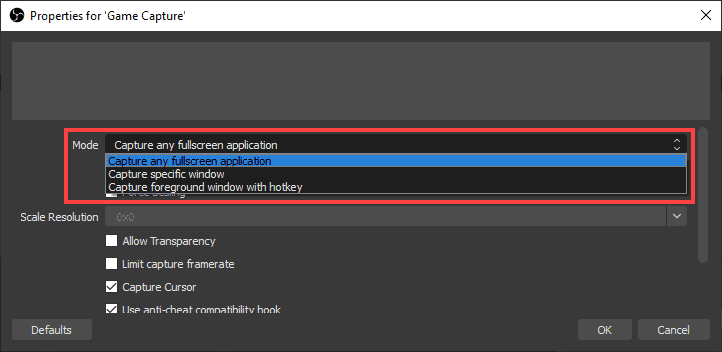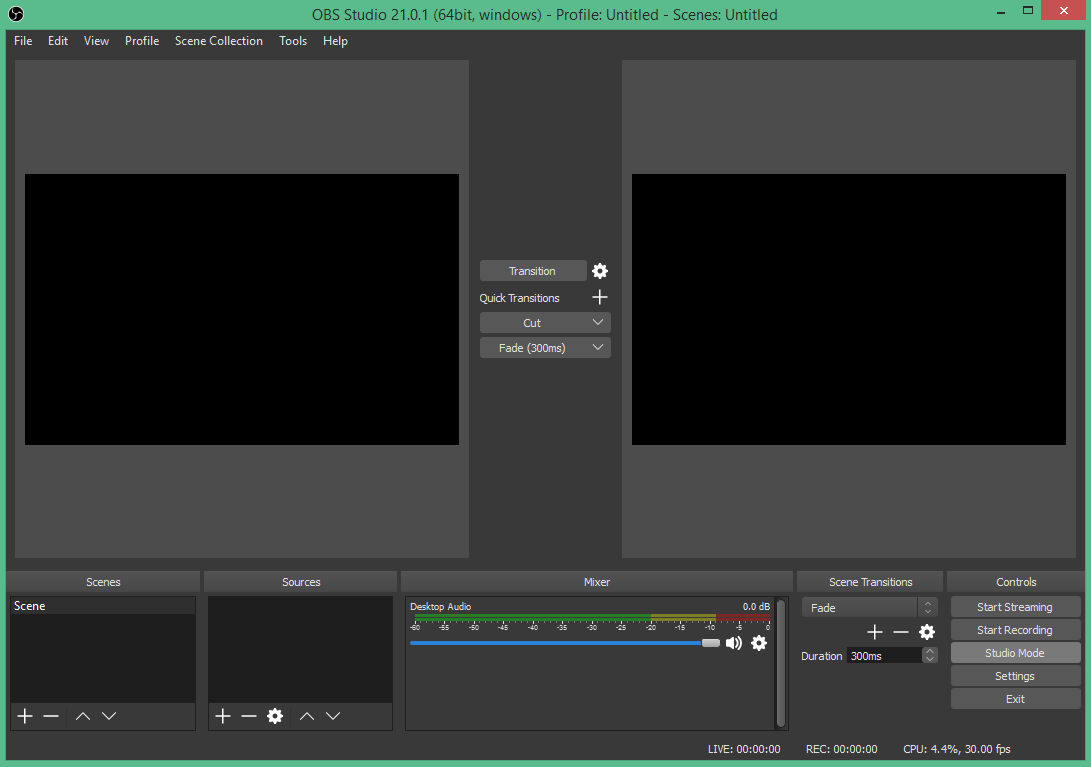

Previously, OBS Studio used Qt5, the same software KDE Plasma is built using.

Qt, the software used to make the graphical components of OBS, has had a major upgrade within this version. UI Framework Upgraded To Qt6 & New Theme (Yami) Therefore, using the x86 version may still be better, at least until all the plugins you use get updated.

However, it should be noted that not all plugins will work out of the box on these builds, as many depend on some x86-only components. We’ve already seen native ARM support for other platforms, (notably Linux and the Raspberry Pi), and it is great to see this support extend to Apple’s ARM platform. Native Apple Silicon SupportĪlthough not of particular relevance to Linux users, this release is the first with native Apple Silicon support. The result is an almost complete removal of blocks of color in dark settings, as well as smoother gradients without having to resort to dithering. In essence, this means that streams captured using OBS can support as many as 1 billion colors, compared to the measly 16 million offered by 8-bit color. Speaking of colors, OBS Studio 28.0 also introduces 10-bit color support. This means that whites can be whiter, and blacks can be blacker, without losing the accuracy of colors in between. One such case is the use of HDR to allow for significantly greater realism without “clipping” the screen. Improved Color And High Dynamic Range SupportĪs OBS Studio becomes ever more popular, it was time to support more modern use cases. With version 28.0, we are getting some of the key highlights that include:īefore you get to try it out, let me briefly discuss some enhancements.


 0 kommentar(er)
0 kommentar(er)
